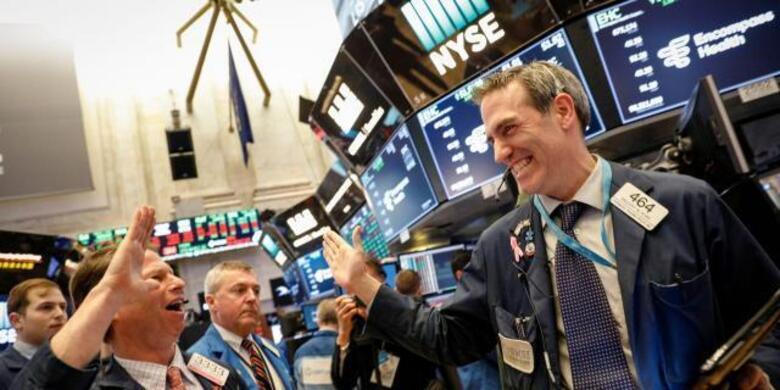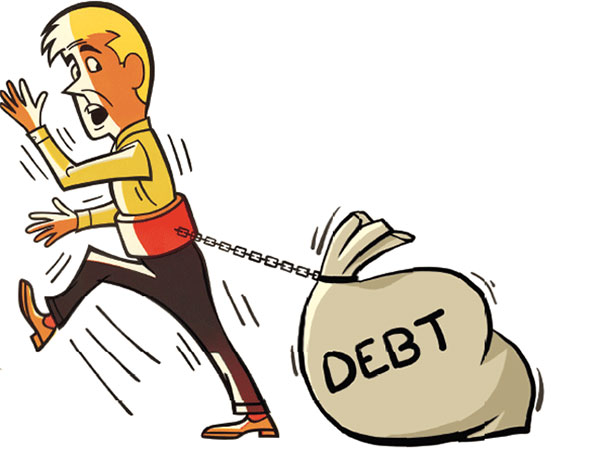
Stocks have been stuck in a bear market for a while now. There have been several factors that have led to the dismal performance of the market, including rising interest rates. Analysts are still trying to figure out when the bear market will end, and there is plenty of speculation. However, given that they are experts with years of experience under their belt, their options hold a lot of weight.
Some of the most respected voices when it comes to financial markets are JPMorgan analysts. When they speak, everybody pays attention. On Monday, these analysts shared three factors that need to take place for the stock market to rally. They note that the stock market isn’t likely to see sustained gains unless the Fed cuts interest rates. However, they have no reason to do so unless three things happen.
It’s an interesting statement, given that interest rates and stock markets share an inverse relationship. Despite the fact that rising interest rates have been blamed for the bear markets, the effect of rising interest rates on falling stock prices is not so clear.
What Happened to Stock Market Recently?
Recently, the S&P 500 surged 14% from its mid-October low, but most seasoned investors are less enthusiastic. They see the gains as a bear market rally that will lead to a larger downside once the Fed hikes interest rates again in December.
It’s a sentiment shared by Marko Kolanovic, a JPMorgan analyst. He believes as long as central banks are raising rates or keeping them at their current level, stocks will remain rangebound “with a more pronounced downside risk.”
But this can change if the Fed decides to reduce interest rates, thus fueling a sustained rally in the stock market.
According to Kolanovic, the Fed could cut rates sometime in 2023. But, for this to happen, there are three things that need to take place; increased unemployment, declining inflation, and “something needs to break in the financial markets.”
Fed’s Next Move
The Fed has already raised interest rates by 375 basis points since the start of the year as it tries to tame rampant inflation. And it’s expected to raise them again by 50 basis points this December before another 25 points are added in January 2023. From there, investors believe that the institution will pause to see where the economy stands.
However, a resilient economy rules out the chance of the Fed cutting interest rates.
Kolanovic adds,
“As an increase in unemployment is not likely to happen very soon, markets will be on edge between waiting for better inflation data, a slowing economy, and earnings, and rising risks of a financial accident.”
The only chance of seeing the Fed cut interest rates is if there is an economic recession towards the end of next year. This can incentivize the institution to ease financial conditions by cutting interest rates or pausing on increases.
On this, Kolanovic believes “the drag from an anticipated 500 basis points of Fed tightening will build, and last week we incorporated a mild recession into our forecast at the end of next year. However, recessions are disruptive events that normally reflect the interaction of Fed tightening with shocks and the response of a vulnerable private sector. This recipe is not yet in place and it is unlikely that recession will take hold as we turn into the New Year.”
That said, the analyst believes investors should not put much faith in a sustained market rally unless the Fed shows signs of trying to ease financial conditions.
As mentioned earlier, interest rates play a huge role in how the stock market behaves, but the relationship isn’t that direct.
Rising interest rates lead to poor stock performance or a bear market. However, this happens in steps. Think of it as a domino effect where one factor leads to another until the market suffers.
For example, rising interest rates will increase the cost of borrowing for both individuals and businesses. This leads to four key knock-on consequences: increased operating costs for businesses, less investment in future growth, less incentive for consumers to borrow, and less discretionary for consumers.
With less money to spend, consumers are likely to sell their stocks for cash and are unlikely to put money in the market.











Leave a Reply